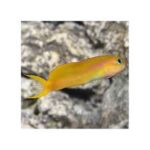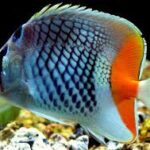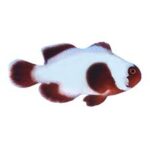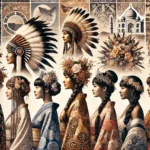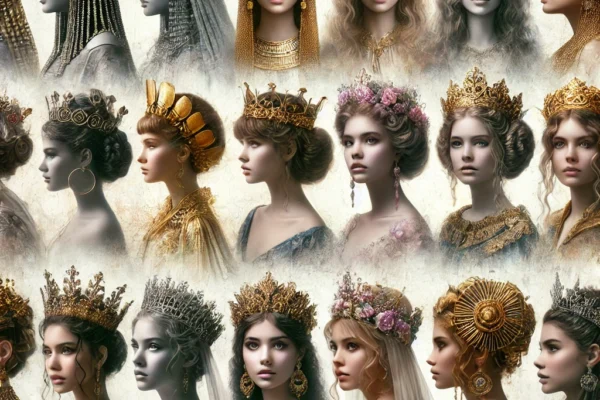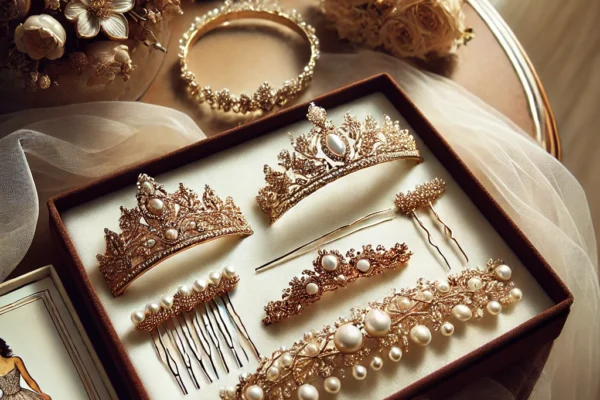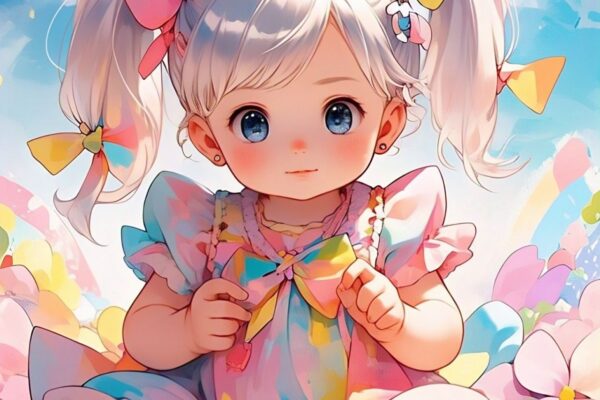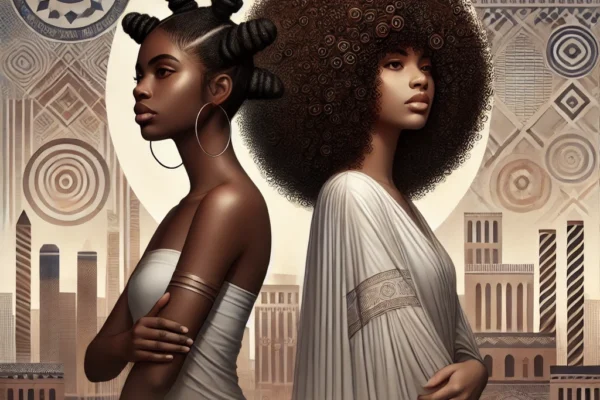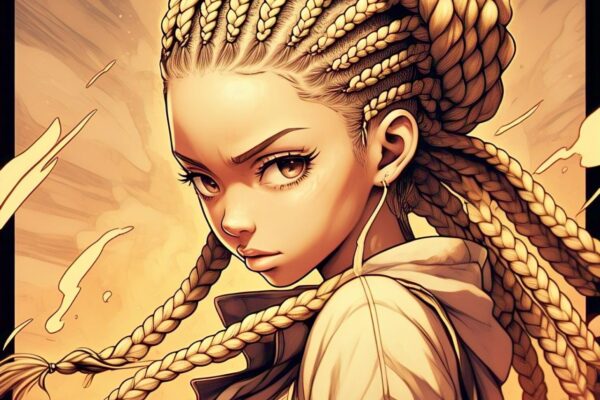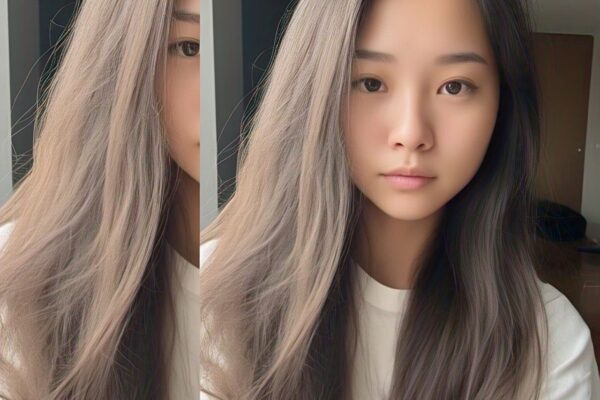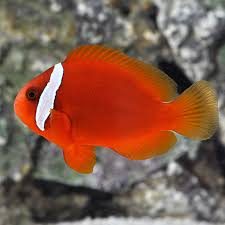
Using Fresh Tea Leaves to Eliminate Odors in Your Home
Tea is widely celebrated for its rich flavor, health benefits, and cultural significance, especially in China. Beyond being a delightful beverage, fresh tea leaves offer an incredible variety of uses in the home, one of which is their natural ability to neutralize and eliminate odors. With their inherent antibacterial properties and aromatic appeal, tea leaves…
